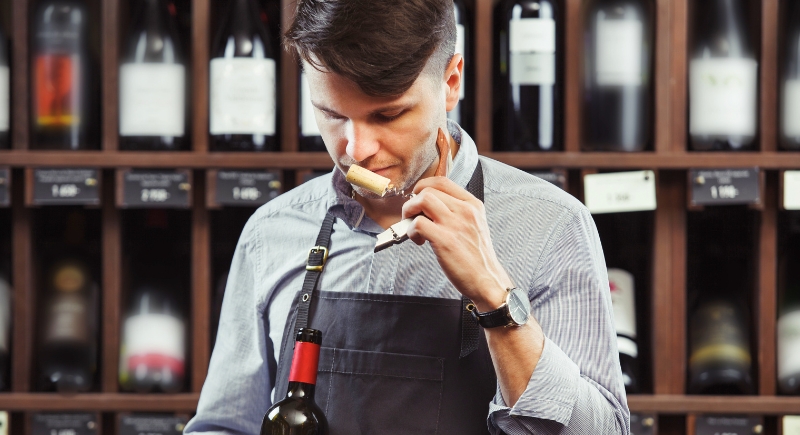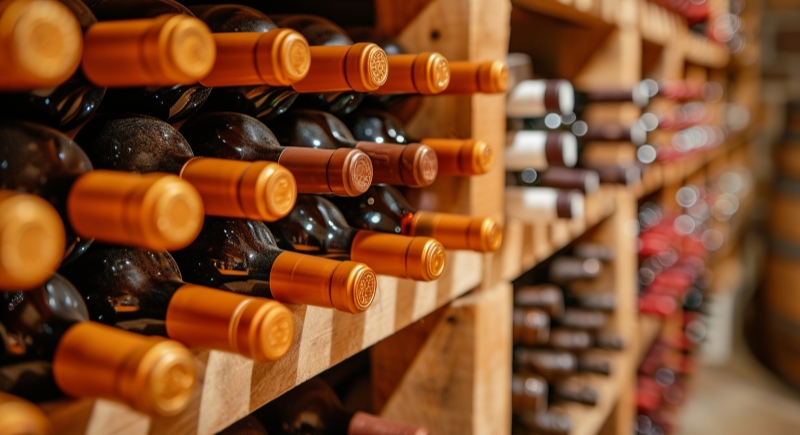The Common and Cringey Wine Etiquette Faux Pas You Need to Avoid
Wine brings people together, but it also brings out a lot of guesswork. Maybe you’ve swirled your glass too dramatically or held the stem like it’s a test you forgot to study for — it happens to everyone. The problem is, many of the “rules” people copy at dinner parties are either misunderstood or just plain outdated.
However, there are a few small tweaks that can make the whole experience smoother for both your taste buds and your confidence. Here’s what to skip, what to keep, and how to actually look like you know what you’re doing (without overthinking every sip).
Stop Smelling the Cork

Image via Getty Images/IL21
Unlike what most people believe, smelling the cork will not tell you anything meaningful about the wine’s quality. The cork’s job is simply to keep the bottle sealed, and it doesn’t hold any reliable clues about how the beverage tastes or smells. Servers may still present it out of tradition or for guests who like to keep them, but it’s not a tool for judging freshness.
If a wine is off, the glass will tell you. A sour smell, dull taste, or cloudy color are the giveaways. With older bottles, a cracked or seeping cork can hint at storage problems, but that’s something you check with your eyes, not your nose.
The most dependable way to assess a wine is through its appearance, aroma, and taste after the first pour. That small sample is meant to catch issues like cork taint, which makes wine smell musty or taste sharp, like vinegar. Examining the cork might offer hints, but the glass always tells you more.
Hold the Glass by the Stem
It is common for individuals to instinctively grab a glass by the bowl because it feels natural and secure in the hand. But that habit works against the wine more than it helps. The proper way to hold the glass is by the stem. This small change keeps body heat away from the bowl, so the wine stays at the temperature it was meant to be served.
When the glass is held by the bowl, whites warm up too fast, and reds can lose their integrity. Smudges and fingerprints also become more noticeable as the glass empties, which makes the drink look less appealing.
Stemware is designed with a purpose. The stem exists to give you a clean grip that won’t interfere with the liquid itself. Professional tastings always follow this method, not for appearance but for consistency. Holding the stem may take a bit of getting used to, but it quickly becomes second nature and makes a real difference in how the wine drinks.
Store Bottles the Right Way

Image via Canva/Imagenes de Cristian Martin
You may not realize it, but storage mistakes can ruin a bottle before it is even opened. Cork-sealed wines need to rest on their side, so the liquid keeps the cork moist. A dry cork shrinks, lets in air, and oxidizes the beverage. Screw-top bottles do not have this requirement, but they still need a stable environment. Light, heat, and vibration degrade the liquid faster than most people understand.
A car trunk, sunny windowsill, or shaking shelf all expose bottles to damaging conditions. Even short-term storage benefits from a cool, dark, and still location. Once opened, the drink lasts one to five days, depending on the type, with fortified wines holding up longer if kept cool and away from light. These practices protect the flavor you paid for and prevent the disappointment of a spoiled bottle.